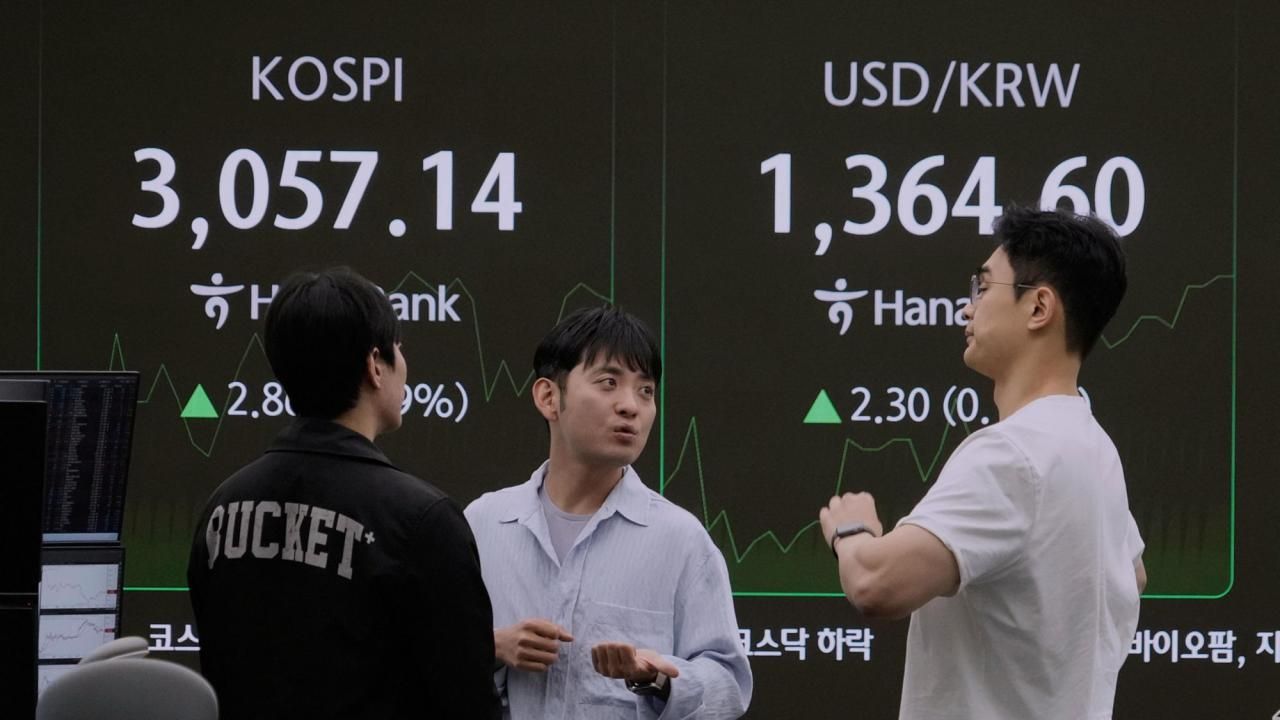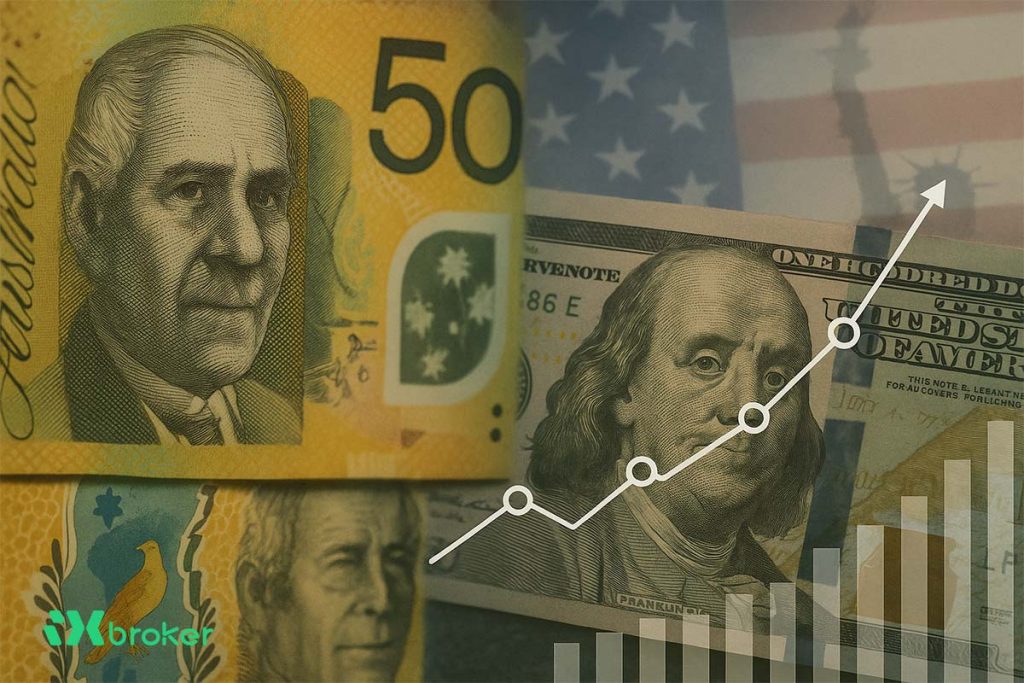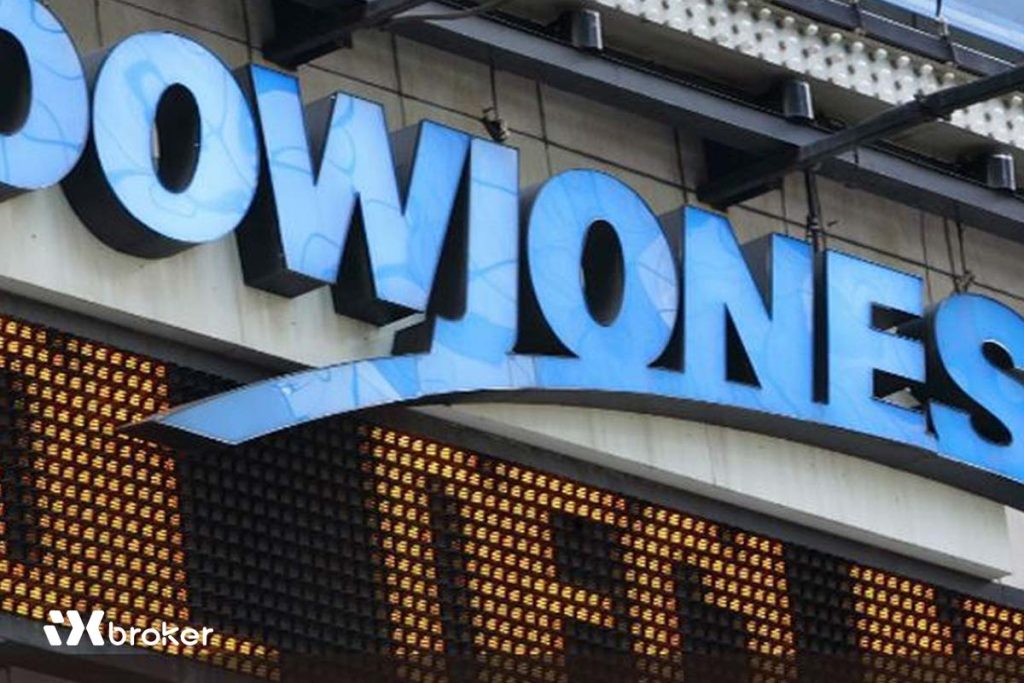Asian markets fell amid mounting concerns over new Trump tariffs and escalating trade tensions. The approaching July 9 deadline is causing market volatility and uncertainty over negotiations.
As the U.S. government’s new tariff deadline on Wednesday approaches, Asian stock markets mostly declined. This comes amid increasing urgency from the United States in sending warnings to trading partners about the potential implementation of higher tariffs starting August 1.
Asian Markets and Index Declines
Asian stock markets mostly fell on Monday as the Trump administration intensified pressure on trading partners to finalize new agreements before Wednesday’s deadline. The United States plans to send letters to various countries warning that, without progress in negotiations, higher tariffs could be imposed starting August 1.
Meanwhile, Japan’s Nikkei 225 index dropped 0.5% to 39,628.41, and Hong Kong’s Hang Seng index declined 0.4% to 23,824.18. South Korea’s KOSPI index edged down 0.1% to 3,053.55, and China’s Shanghai Composite Index fell 0.2% to 3,464.78. Australia’s S&P ASX 200 also decreased by 0.3%, closing at 8,576.
Oil Prices Fall Following OPEC+ Decision
Oil prices also decreased following OPEC+’s recent decision to raise oil production by 548,000 barrels per day in August. This move comes after price volatility triggered by recent Israeli and U.S. strikes against Iran. U.S. crude oil dropped by 92 cents to $66.08 per barrel, while Brent crude declined 96 cents to $67.65 per barrel.
Futures Market Reaction and Investor Concerns
In futures trading, both the S&P 500 and Dow Jones Industrial Average fell by 0.4%, reflecting investors’ growing apprehension about the unfolding trade situation.
Nomura Group noted in a commentary, “We expect markets to experience significant volatility leading up to the July 9 deadline, when the 90-day pause on President Trump’s reciprocal tariffs for non-China trading partners expires.” The group added that the short-term market outlook depends heavily on which trading partners receive Trump’s letters, the tariff rates, and the tariffs’ effective dates. Any delay in implementation could allow for last-minute negotiations, sustaining optimism for resolutions or extensions.
Analysts’ Comments and the Path Forward
Stephen Innes, managing partner at SPI Asset Management, commented, “With the July 9 tariff deadline fast approaching, all eyes are on Washington, searching for signs of escalation or retreat. The path forward is unclear, but the terrain is fraught with risk.”
U.S. Labor Market Report and Global Market Impact
Amid tariff concerns, a report released on Thursday showed the U.S. labor market performed stronger than Wall Street anticipated. The S&P 500 rose 0.8%, setting a new record high for the fourth time in five days. The Dow Jones Industrial Average added 344 points (0.8%), while the Nasdaq Composite gained 1%.
Currency Fluctuations and Financial Market Outlook
In currency markets, the U.S. dollar strengthened against the Japanese yen, rising from 144.44 to 144.77 yen. Meanwhile, the euro slipped slightly from $1.1779 to $1.1772.



